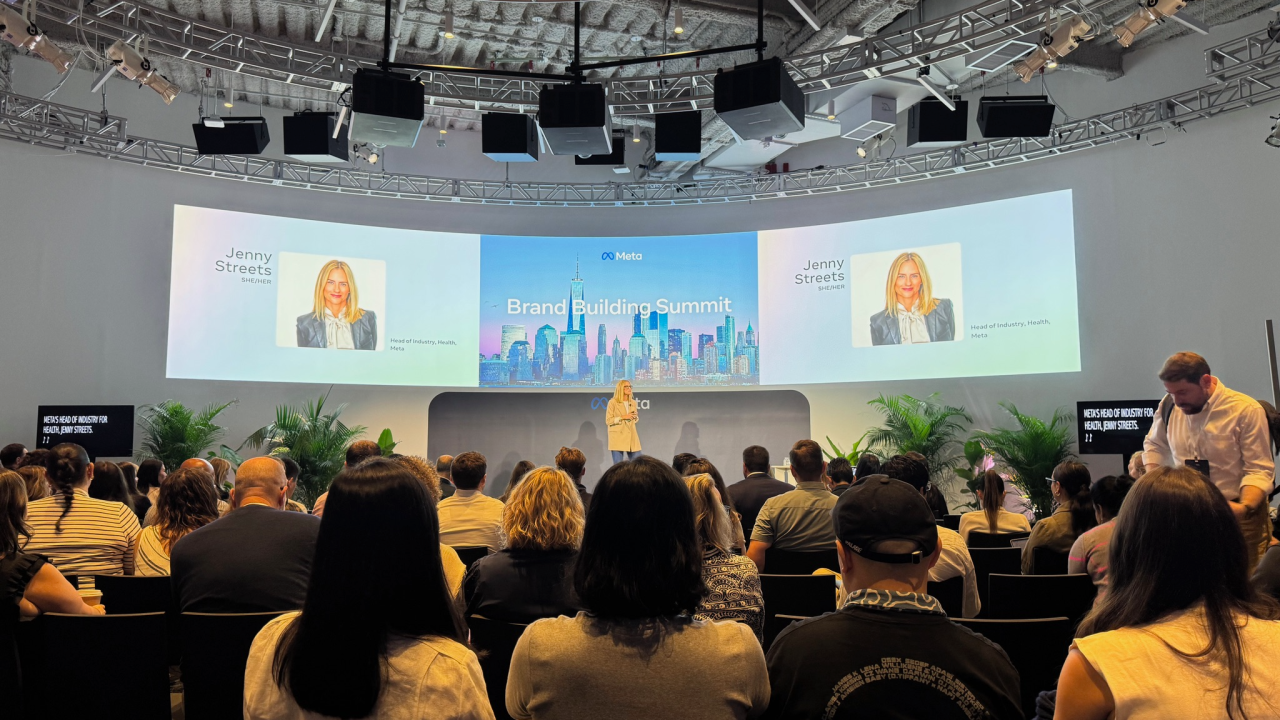Beyond the Screen: Integrating Online Tactics with Offline Impact
Blending Digital Presence with Real-World Engagement for Unified Brand Experiences
- 10 minutes to read
In today’s increasingly digital world, businesses need to have a strong online presence. However, this does not mean that traditional offline marketing strategies should be forgotten. Online and offline marketing strategies can work together in harmony to create a powerful and integrated approach that drives results. In this article, we will explore the synergy between online and offline marketing and discuss how to align your online strategies with your offline efforts.
Understanding the Synergy between Online and Offline Marketing
By blending online and offline methods, businesses can create a cohesive brand experience for their customers. While some customers engage more online, others lean towards offline channels. By being omnipresent across both domains, businesses cater to a diverse audience.
Consider this: a television ad campaign can generate anticipation through teasers on social media platforms or a countdown timer online. This buzz encourages more viewership when the TV ad airs. Conversely, offline marketing can advertise an online event, guiding users to a specific website or online offer. The current challenge for the market is to propose this fusion between on and offline, employing clever strategies that attract the public’s attention.
The Importance of Integrated Marketing Strategies
Whether a customer interacts with a brand online or offline, a unified experience is crucial. Picture a scenario where a customer walks into a store, and sees a QR code that leads them to an exclusive online discount. The online experience complements the offline interaction, enhancing the overall brand connection.
Today, we notice this interaction is already working, for example, with major brands offering exclusive benefits, such as cashback, to online stores, while they map purchases in physical stores, using the data obtained to offer segmented and personalized advantages and discounts in e-commerces or apps. Thus, brands manage to cover the whole shopping experience, whether online or offline.
The Balance between Digital and Traditional Marketing
In the digital age, online marketing has become the frontrunner, reshaping the way brands engage with consumers. The allure of digital campaigns lies in their ability to reach vast audiences, offer measurable results, and adapt in real-time. Though there might be moments when an offline touchpoint like a product launch can offer tangible experiences, its true potential is unlocked when integrated with digital strategies. By focusing on digital mediums and selectively leveraging traditional ones, brands can ensure maximum visibility and engagement, creating a harmonious blend that resonates with today’s consumers.
A case related to this point is from the Dove brand, part of the Unilever group, with its “Portraits of Real Beauty” campaign (2013), which began with a face-to-face action held in a loft. On this occasion, a group of women of different ages and appearances were individually asked to describe their physical image, while an artist specialized in talking portraits drew, but without seeing the ladies. Each of the women was then asked to describe the appearance of another specific person in the group, whom they had met earlier. The result was striking: the portraits that emerged from the self-descriptions were generally quite derogatory and revealed imperfections that, on the other hand, were not even noticeable in the drawings made according to other people’s descriptions, which turned out to be much more kind and pleasant. In this way, Dove was able to shed light on important issues for women, such as self-esteem and self-love, generating reflection not only in the participants but also in the public who later watched the advertising film and the rest of the campaign.
So, although the face-to-face action had an emotional impact on the participants, its influence on the public only came about when the campaign was broadcast, largely supported by online media. It is therefore a successful example of the confluence between the physical and the virtual means. By addressing a common pain point among women, Dove was able to generate identification among the audience and reiterate the brand’s positioning, which values natural beauty and female empowerment. Undoubtedly, the excellent results of this campaign were only possible because it portrays real emotions captured in the tangible world, aligned with advertising strategies that go beyond the offline medium.
Exploring Various Online Marketing Strategies
- Social Media Marketing: Platforms offer numerous opportunities for brand awareness and engagement. Sharing sneak peeks or teasers of offline campaigns can generate interest.
- Content Marketing: Through content, businesses can hint at offline events, promotions, or new store openings, offering readers an incentive to participate offline. An example of action in this regard is the creation of videos using the “TikTok First” format – designed exclusively for the platform – showing people’s experiences in the store, space or face-to-face event, with the addition of hashtags on the topic and specific location.
- Email Marketing: Besides online offers, emails can invite subscribers to offline events, product launches, or in-store promotions.
- SEO and PPC Advertising: While these drive online traffic, ads can also promote offline events or store promotions.
Encouraging Offline and Online Cross-Engagement
Encourage offline customers to join the online community. Receipts, banners, or in-store displays with social media handles or website URLs motivate customers to engage online. Providing incentives, like a downloadable eBook or a discount for signing up, bridges the offline-online gap. Equally, online promotions can offer exclusive in-store discounts to drive physical store visits.
Setting Up Trackers and Evaluating Impact
Offline marketing’s impact might seem harder to gauge than online efforts, but with unique tracking codes, custom URLs, and dedicated phone lines, offline marketing’s effectiveness becomes clearer. Data-driven adjustments ensure that both online and offline marketing endeavors yield optimal results.
Mobile App Integration
Developing a brand app bridges the online-offline gap. Customers get exclusive offers, store locators, and more at their fingertips, enhancing both online engagement and offline visits.
Conclusion
In today’s marketing landscape, integrating online and offline strategies offers brands a unique opportunity to engage with their audience on multiple fronts. This harmonious blend isn’t a one-size-fits-all approach, but for many brands, it can pave the way for enhanced visibility and deeper customer engagement.
At NeoPerformance, we specialize in crafting such tailored strategies. By recognizing the distinct advantages of both online and offline mediums, we design solutions that align with your brand’s goals and vision.
Share this post:




